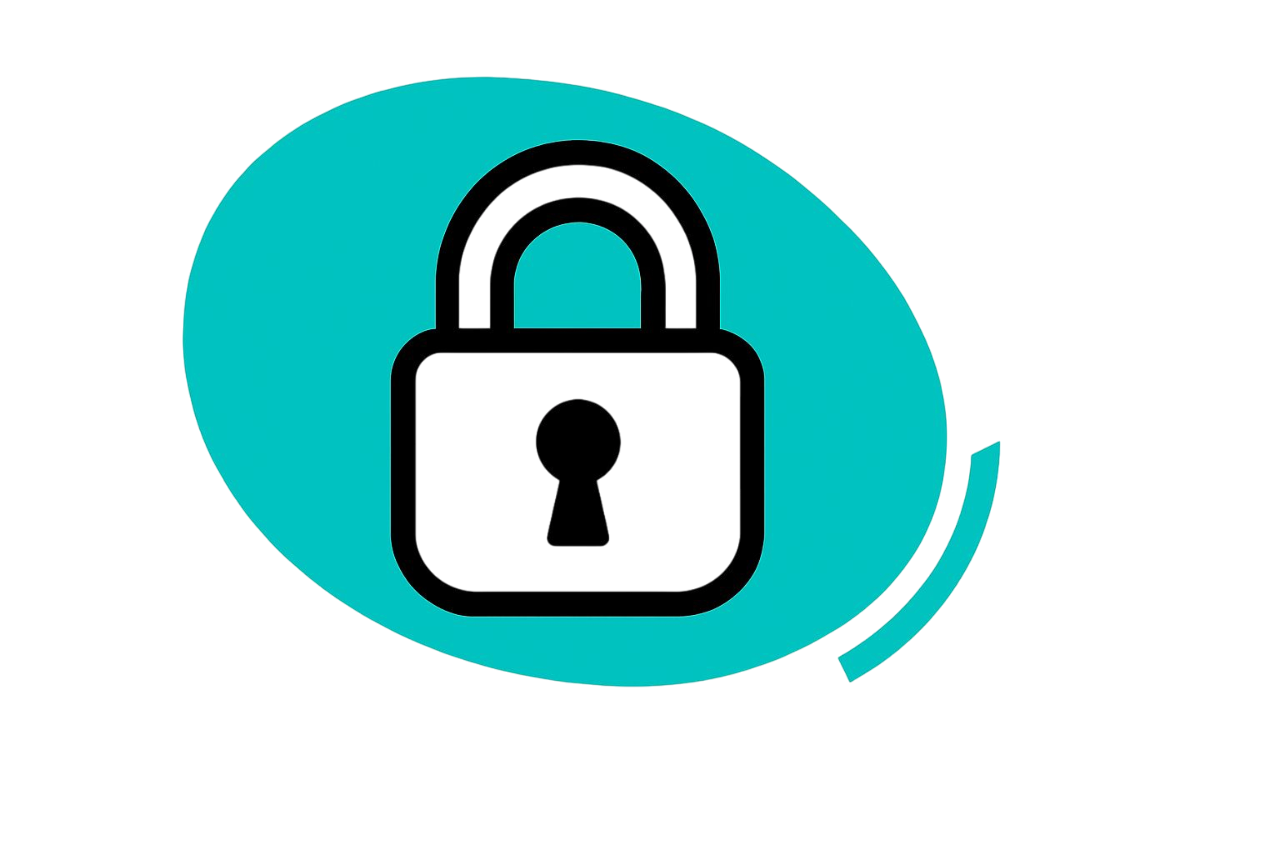2.4 Immutability, Security, and Trust

At the core of blockchain technology are three essential principles: immutability, security, and trust. Together, these elements make blockchain a powerful tool for recording and verifying transactions without the need for a central authority.

Immutability: The Integrity of Data
One of blockchain’s strongest selling points is immutability: once information is recorded on the blockchain, it cannot be altered or deleted without widespread consensus from the network—its data is effectively set in stone. This is made possible through cryptographic hashing and the structure of the blockchain itself—each block contains a hash of the previous block, forming a chain. If someone tries to change the data in a previous block, the hash changes, breaking the chain and alerting the network.
To change a past transaction, one would have to not only recalculate the hashes of that block and all later blocks, but also re-do the Proof-of-Work for each of them, and then convince (or overpower) the network to accept this new longer chain. In practice, each new block added makes old blocks increasingly secure (the chance of successfully “erasing” a transaction decreases exponentially). This design solves the classic double-spending problem in digital cash: the blockchain’s history acts like an audit trail that every node can independently verify, ensuring each coin is spent only once.
“Immutability ensures a single version of the truth, which builds confidence in shared business processes.” — IBM Blockchain
This property is crucial for systems that require an unchangeable record of events, such as financial transactions, supply chain tracking, or legal contracts. It prevents tampering and enables transparent audits.

Security: Protection Through Cryptography and Consensus
Blockchain networks are secured through a combination of cryptographic techniques and consensus mechanisms (like Proof-of-Work or Proof-of-Stake). Each transaction is digitally signed and verified using public-private key cryptography, ensuring that only authorized users can initiate transactions. This means only someone with the right private key can authorize spending of a particular cryptocurrency address. In this way, blockchains “authenticate by mass collaboration”.
Furthermore, before any transaction is added to the blockchain, it must be validated by the network. This decentralized validation process makes it extremely difficult for bad actors to alter data without controlling the majority of the network—a feat that is not just costly, but practically infeasible on large, well-established blockchains like Bitcoin or Ethereum.
“Blockchain’s security features make it a potential safeguard against fraud, corruption, and cyberattacks.” — World Economic Forum
For high-value or sensitive use cases, blockchain offers tamper-resistance and traceability that traditional databases cannot match.

Trust: Built Into the System
Blockchain replaces trust in institutions with trust in code. Instead of relying on a central authority like a bank or government to verify transactions, users trust the blockchain protocol itself—its transparent rules, public verifiability, and tamper-resistant nature.
This "trustless" trust model allows strangers to transact safely, knowing the system will enforce fairness and accuracy. For businesses, this can reduce reliance on intermediaries and increase efficiency in multi-party transactions.
Massachusetts Institute of Technology (MIT) researchers describe this as "distributed trust," where confidence arises from a system’s design rather than from the reputation of its participants.
The use of digital signatures further enhances trust by proving that transactions are authorized by legitimate participants, without revealing their private information.
Key Takeaways
Blockchain’s security comes from several features:
In summary, the immutability and security of blockchain come from three pillars: (1) cryptographic hashing linking blocks, (2) distributed replication of the ledger across nodes, and (3) a consensus mechanism requiring wide agreement. Together, these enable blockchains to support a wide range of high-stakes applications, whilst also ensuring that users don’t have to blindly trust any single intermediary – they can trust the system itself.
Understanding how blockchains achieve immutability, security, and trust lays the foundation for evaluating different types of blockchain networks. However, not all blockchains operate under the same rules or serve the same purpose. The way a blockchain handles access, governance, and participation can vary significantly depending on whether it is public or private. To better understand these differences, let’s explore how public and private blockchains compare in terms of openness, control, and use cases.

